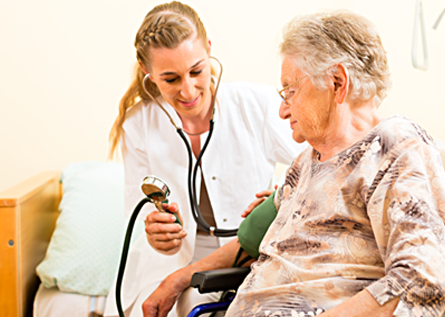TRANSPORT SERVICE BY AUTOMATIC AND SELF-AMBULANCE

Pharmamedic Automedica (also called VLV, fast light vehicle) is a rescue vehicle used to transport a health team with advanced skills and related medical equipment to the event venue.
The basic vehicle is usually an SUV, a station-wagon or a minivan: the small size compared to an ambulance and the greater agility allow the crew a great speed of intervention; the use of an automedical also makes it possible to make the displacements of the crew independent from those of the patient, which instead take place by ambulance.
The automedica can both provide coordination and advanced support to basic rescue vehicles in case of serious or particularly complex situations, or intervene to directly treat a patient who does not need the next transport to the hospital. The different use of the vehicle depends on how the emergency system is articulated: the automedica will intervene mainly in support if the ambulances have crews of only non-health rescuers, while it will also act autonomously in the realities in which doctors and nurses are also present on board the ambulances.
The activation of the automated system usually takes place on the exclusive call of the competent operations center. After the evaluation of the patient and the delivery of the first treatment, the team can, depending on the severity of the clinical picture, accompany the patient to the hospital on board the ambulance or return with the automedic and all the material, entrusting the patient to the care of rescuers who will provide for the centralization of the same through an ambulance.
The material on board is variable according to operational protocols and local habits, even if it is generally composed of drugs and protections, such as:
defibrillator monitor: ensures patient monitoring by non-invasive or invasive blood pressure, saturation and electrocardiogram. In the case of shockable rhythms during cardiac arrest, he can deliver an electric therapy in semi-automatic or manual mode;
one or more bags containing the material for vascular and intraosseous access, airway management (for example through intubation), thoracentesis and an ampulla containing the drugs used in emergencies, including crystalloids and colloids;
one or more syringe pumps for continuous drug delivery;
immobilization systems of the traumatic patient, such as cervical collars and spinal kit.

